Warm light glances off a smooth logo, a familiar colour palette flickers on a screen, and a familiar voice meets your ear—steady, bold, or gentle. Every brand, whether softly spoken or filled with spark, shows its character through words, images, and subtle cues. The blend of voice, tone, and visuals isn’t guesswork. It’s psychology at work—thoughtful choices aimed at making people feel seen, understood, and at ease.
Brands use these elements to shape not just how they look or sound, but how they make us feel. When done right, a brand’s style builds trust and invites real connection. This post explores how brands use psychological insight and creative choices to create personalities that do more than stand out—they become part of people’s lives.
Why Brand Personality Shapes How We Feel

We interact with brands in ways that mirror our connections with people. When a brand acts in ways that feel human—warm, honest, playful, or calm—it changes how we see and trust the company behind it. Brand personality is not just a label or a marketing buzzword. It’s a real set of human-like traits that we assign to brands, shaping our gut reactions and loyalty. This section looks at how and why a brand’s character hits us right where it counts—our feelings.
What Is Brand Personality?
Think of brand personality as the set of distinct human traits you’d use to describe a friend—friendly, sincere, rebellious, or trustworthy. When a brand consistently displays these traits through its voice, visuals, and customer service, it takes on a personality that you can recognise and expect.
A brand’s personality guides:
- The language it uses
- The type of images and colours it shares
- The attitude it brings to every customer interaction
This doesn’t happen by accident. Brands shape these elements to echo values and traits they want to be known for. It’s the reason why Coca-Cola feels cheerful and welcoming, while Harley-Davidson brings to mind strength and rebellious spirit.
The Psychology: Why Human Traits Matter
People are hardwired to relate to things with human qualities. When brands act genuinely human, we pay attention. We start to trust and even “befriend” them. This is backed by research showing that consumers naturally assign personalities to brands, affecting their preferences and loyalty.
We are drawn to brands that reflect our own identities or the kind of people we admire. For example, Apple’s cool, clever personality attracts those who see themselves as creative and forward-thinking. According to a study on brand personality, humans connect better, engage deeper, and stay loyal longer to brands that seem relatable and authentic.
Jennifer Aaker’s Five Brand Personality Dimensions
Jennifer Aaker, a psychologist at Stanford, developed a model that breaks down brand personality into five main dimensions. Brands usually fit into one (or a mix) of these categories:
- Sincerity – Honest, wholesome, cheerful. Think Hallmark and Coca-Cola.
- Excitement – Spirited, modern, daring. Like Red Bull and Nike.
- Competence – Reliable, intelligent, successful. Consider Volvo and IBM.
- Sophistication – Elegant, charming, refined. Example: Chanel or Mercedes-Benz.
- Ruggedness – Outdoorsy, tough, strong. Strongly shown by Jeep and Harley-Davidson.
These dimensions don’t just help marketers; they give us words to describe how brands make us feel. Learn more about this model and real-world brand matches in this breakdown of Aaker’s 5 Dimension Model.
How Brand Personality Shapes Emotional Bonds
When brands lean into their unique personality, they create a gut-level response. We laugh along with Innocent Drinks’ quirky bottle copy or find reassurance in the stable, calm visuals of a trusted bank. The more a brand “shows up” as a relatable character, the easier it is for us to feel connected—almost like we’re rooting for a favourite sports team or catching up with a good friend.
Over time, these emotional ties can lead to strong brand loyalty. The impact goes beyond individual products—people stay loyal because the brand’s personality feels like it fits their own values and lifestyle. If you’re interested in how this process shapes purchase decisions, you can find more insights from this piece explaining how branding affects consumer behaviour.
Voice: Speaking With Character, Building Trust
When you read a brand’s words, you get a hint of its soul. The way a brand speaks—whether cheeky, elegant, or calm—paints a picture in your mind. Voice is more than word choice. It’s the brand’s personality in every message. A strong brand voice doesn’t just attract attention; it feels like a handshake, sharing core values with every sentence. Consistency in this voice gives people a sense of reliability and comfort. When brands sound the same online, in-store, and everywhere else, trust begins to build and deepen.
Choosing Your Brand’s Voice
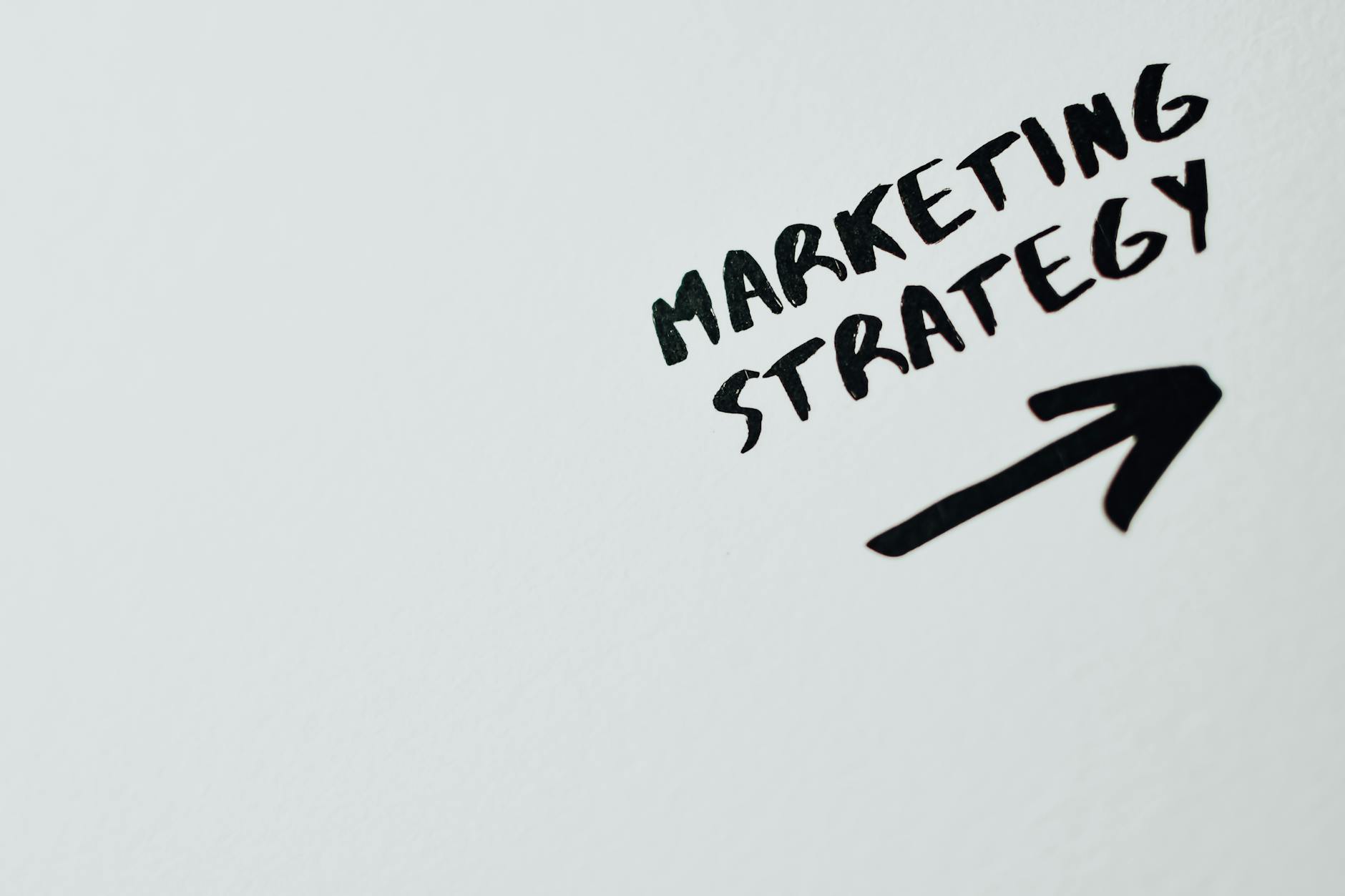 Photo by Eva Bronzini
Photo by Eva Bronzini
Defining your brand’s voice is a bit like casting a character in a story. You start by thinking about who you want to connect with. Is your audience young and playful, or more serious and traditional? Next, choose key traits that match those people—traits that reflect both what you stand for and what your audience trusts.
Consider these steps when shaping your brand’s voice:
- Identify your audience’s values. Understand what matters to them most.
- Choose traits and tone. Decide if your voice should be friendly, quirky, authoritative, or soft.
- Pick a language style. Will you use everyday words or formal language? Clear, simple sentences often build more trust.
- Align voice with core beliefs. If you value transparency, speak plainly. If you prize creativity, use playful language.
Some brands stand out here. Innocent Drinks brings a playful, cheerful spirit—they treat each bottle label like a happy conversation, making customers smile. Apple, in contrast, uses plain, self-assured language. Every word feels thoughtful and clear, mirroring the brand’s promise to make life easier. Apple’s voice shows confidence but never talks down to its audience.
A carefully chosen voice acts like a subtle signature, sending cues about your values and how you want to be known. This is more than style; it’s a science-backed approach to how people decide if a brand deserves their attention. To explore the psychology behind these choices, see this article on how brand identity shapes perceptions and decisions.
Keeping That Voice Consistent Everywhere
Random changes in voice can make any brand feel unsettled or unreliable. That’s why clear guidelines are key. They keep the brand’s character steady, whether someone’s writing tweets, emails, or video scripts. These rules lay out what to say, how to say it, and what to avoid.
Brands often use tone-of-voice guides to help everyone on their team stay in sync. These guides typically include:
- Do’s and don’ts for word choice and grammar
- Example phrases that match the brand’s style
- Advice on adjusting tone for different situations, while keeping the core voice unchanged
When voice is steady across all channels, people know what to expect. It’s like recognising a friend’s voice in a crowd. This builds a “safe space” for customers—they feel they know the brand and can trust it.
Familiarity breeds trust. The more often people see and hear the same style, the stronger that bond becomes. Consistency in brand voice is proven to improve trust, recognition, and long-term loyalty, as highlighted by Forbes’ look into branding consistency. For practical tips, ProfileTree breaks down the importance of keeping your brand voice steady across all platforms.
In the end, steady brand voice is a quiet promise kept. It tells people, “We are who you thought we were”—every time, everywhere.
Visual Identity: The Silent Language of Brand Personality

Visual elements speak before words are ever read. Colors, typography, imagery, and layout choices create instant emotional responses that either draw people in or push them away. Visual brand identity serves as the silent ambassador of your brand personality, communicating values, professionalism, and trustworthiness within seconds of first contact.
The Psychology of Color in Brand Identity
Color psychology plays a fundamental role in brand perception and consumer behavior. Different colors trigger specific emotional responses and associations:
- Blue conveys trust, reliability, and professionalism (IBM, Facebook, LinkedIn)
- Red evokes energy, urgency, and passion (Coca-Cola, Netflix, YouTube)
- Green suggests growth, nature, and harmony (Starbucks, Whole Foods, Spotify)
- Purple implies luxury, creativity, and wisdom (Cadbury, Yahoo, Twitch)
- Orange represents enthusiasm, creativity, and warmth (Home Depot, Firefox, Fanta)
- Black signifies sophistication, elegance, and premium quality (Nike, Apple, Chanel)
Strategic color selection becomes crucial for brand recognition and emotional connection. Studies show that color increases brand recognition by up to 80%, making it one of the most powerful tools in visual branding.
Typography That Speaks Your Brand Language
Font selection extends far beyond aesthetics—it’s a psychological tool that reinforces brand personality. Typography choices communicate specific traits:
Serif Fonts (Times New Roman, Georgia) suggest tradition, reliability, and established authority. They work well for luxury brands, law firms, and financial institutions.
Sans-Serif Fonts (Helvetica, Arial, Futura) convey modernity, cleanliness, and approachability. Tech companies, startups, and contemporary brands favor these styles.
Script Fonts imply creativity, elegance, and personal touch. They’re ideal for beauty brands, wedding services, and artisanal products.
Display Fonts create unique personality and memorable impressions but should be used sparingly for maximum impact.
Creating Cohesive Visual Systems
Successful brand identity requires systematic thinking about visual elements. This includes:
- Logo Design: The cornerstone of visual identity that encapsulates brand essence
- Color Palette: Primary and secondary colors that work harmoniously across all applications
- Typography Hierarchy: Font families for different purposes (headlines, body text, captions)
- Imagery Style: Photography and illustration guidelines that maintain consistent mood
- Graphic Elements: Icons, patterns, and design assets that support the overall aesthetic
Professional branding services ensure these elements work together seamlessly across digital and print applications.
Tone: Adapting Your Voice Without Losing Your Soul
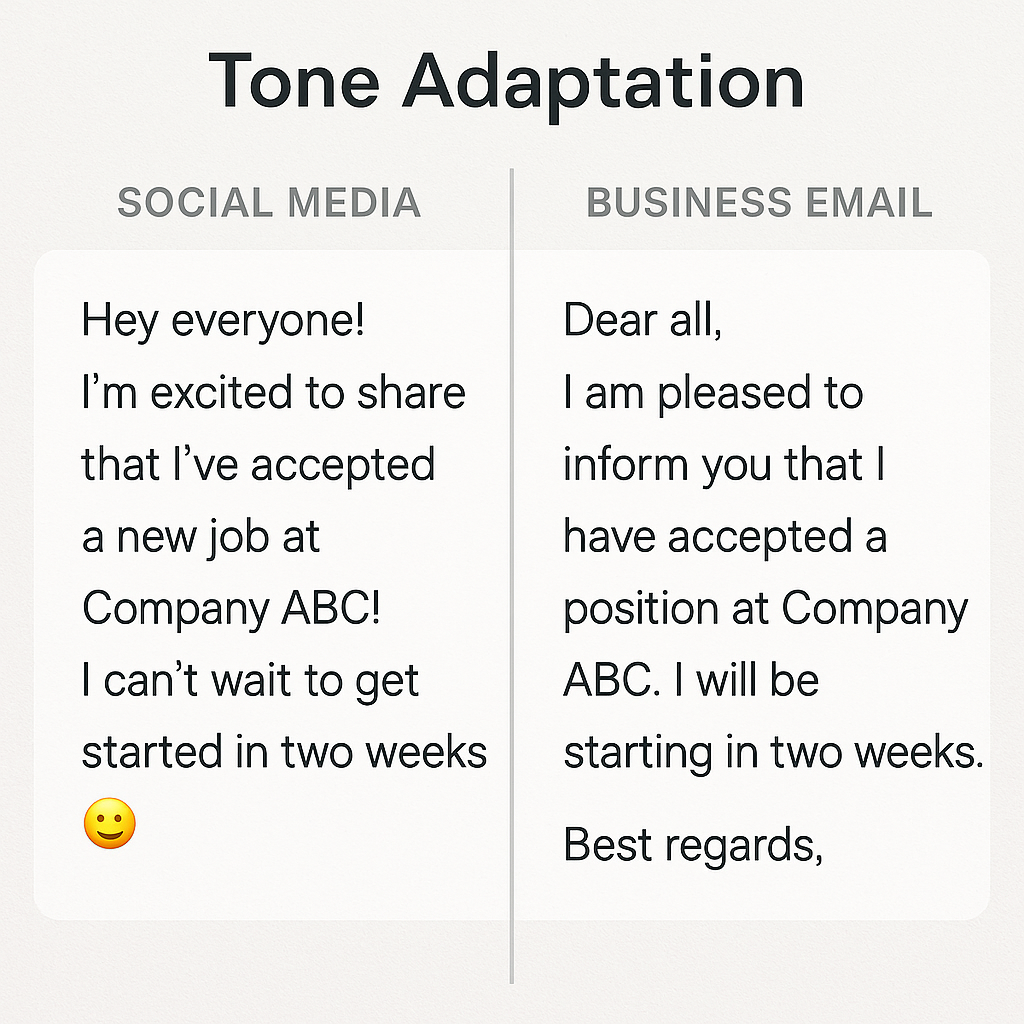
While brand voice remains constant, tone adapts to context and audience. Think of voice as your brand’s personality—unchanging core characteristics that define who you are. Tone, however, is how that personality expresses itself in different situations.
Understanding the Voice vs. Tone Distinction
Brand Voice includes:
- Personality traits (friendly, authoritative, quirky)
- Values and beliefs
- Core messaging principles
- Fundamental communication style
Brand Tone adapts based on:
- Audience segment
- Communication channel
- Message purpose
- Situational context
For example, a healthcare brand might maintain a caring, knowledgeable voice while adjusting tone from educational (blog posts) to reassuring (patient communications) to professional (medical conferences).
Tone Variations Across Digital Platforms
Different platforms require tone adjustments while maintaining brand voice consistency:
Social Media Tone:
- More casual and conversational
- Uses platform-specific language and hashtags
- Encourages engagement and interaction
- Reflects current trends and cultural moments
Website Tone:
- Professional yet approachable
- Clear and informative
- Action-oriented for conversions
- SEO-optimized without sacrificing personality
Email Marketing Tone:
- Personal and direct
- Value-focused messaging
- Urgency when appropriate
- Relationship-building language
Content Marketing Tone:
- Educational and authoritative
- Thought leadership positioning
- In-depth and comprehensive
- Industry-specific terminology when appropriate
Emotional Intelligence in Brand Communication
Successful tone adaptation requires emotional intelligence—understanding how your audience feels in different contexts and responding appropriately. This involves:
- Empathy: Understanding customer pain points and emotional states
- Timing: Recognizing when certain tones are appropriate or inappropriate
- Cultural Awareness: Adapting for different markets and demographics
- Feedback Integration: Listening to audience response and adjusting accordingly
Digital Branding in the Modern Landscape
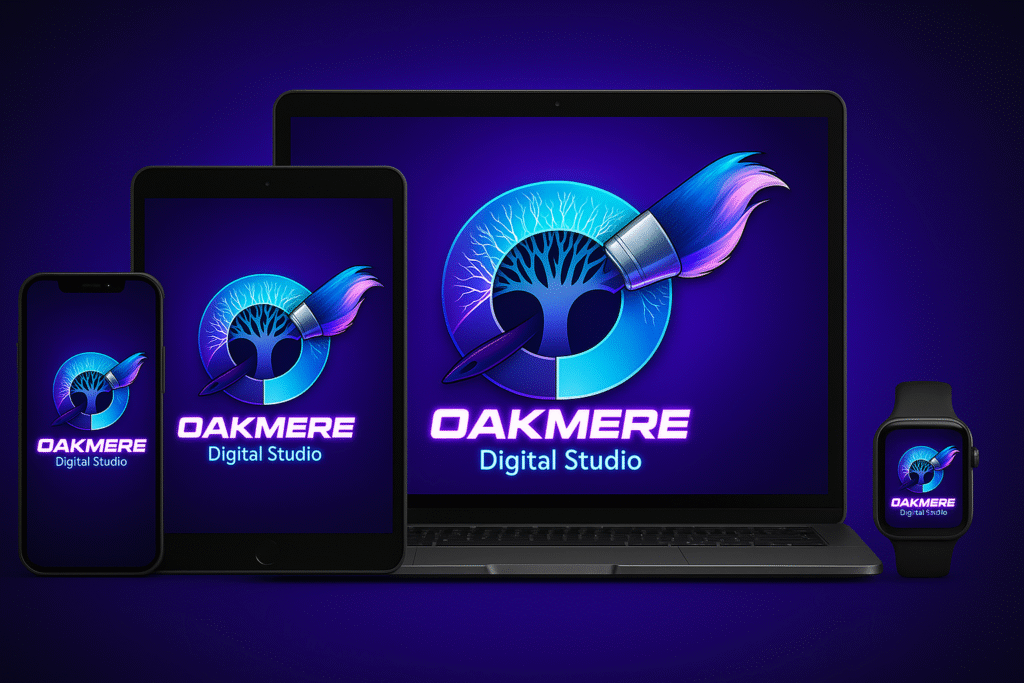
Today’s brand personalities must translate seamlessly across digital touchpoints. From websites to mobile apps, social media to email campaigns, consistent brand expression builds recognition and trust in an increasingly fragmented media landscape.
Website Design as Brand Expression
Your website serves as your brand’s digital headquarters, where personality must shine through every element:
User Experience (UX) Design reflects brand personality through:
- Navigation structure and flow
- Interactive elements and micro-animations
- Content organization and hierarchy
- Accessibility and inclusive design principles
Visual Design Elements include:
- Hero sections that immediately communicate brand essence
- Consistent use of brand colors and typography
- Photography and imagery that aligns with brand values
- White space usage that reflects brand sophistication
Professional web development services ensure your brand personality translates effectively into digital experiences that engage and convert visitors.
Mobile App Branding Considerations
Mobile applications present unique branding challenges and opportunities:
App Icon Design: First impression that must capture brand essence in a tiny space Loading Screens: Opportunities to reinforce brand identity during wait times Navigation Patterns: Should reflect brand personality (playful vs. efficient) Push Notifications: Tone and timing that align with brand voice
Mobile app development requires careful consideration of how brand personality adapts to smaller screens and touch interactions.
Social Media Brand Personality
Social platforms allow brands to show personality through:
Content Strategy:
- Behind-the-scenes content that humanizes the brand
- User-generated content that builds community
- Educational content that demonstrates expertise
- Entertainment value that aligns with brand personality
Engagement Style:
- Response time and tone in comments
- Use of emojis and visual elements
- Hashtag strategy and community participation
- Crisis communication and reputation management
Measuring Brand Personality Effectiveness

Successful brand personality implementation requires measurement and optimization. Key metrics include:
Brand Awareness Metrics
- Brand Recognition: How quickly consumers identify your brand
- Brand Recall: Ability to remember your brand without prompts
- Share of Voice: Your brand’s presence in industry conversations
- Search Volume: Branded search queries and organic discovery
Engagement and Sentiment Analysis
- Social Media Engagement: Likes, shares, comments, and meaningful interactions
- Sentiment Scoring: Positive, negative, and neutral brand mentions
- Customer Feedback: Reviews, testimonials, and direct feedback
- Net Promoter Score (NPS): Likelihood of customer recommendations
Business Impact Measurements
- Customer Lifetime Value: Long-term relationship value
- Conversion Rates: Website and campaign performance
- Customer Acquisition Cost: Efficiency of brand-driven marketing
- Brand Loyalty Indicators: Repeat purchases and customer retention
Case Studies: Brand Personality Success Stories
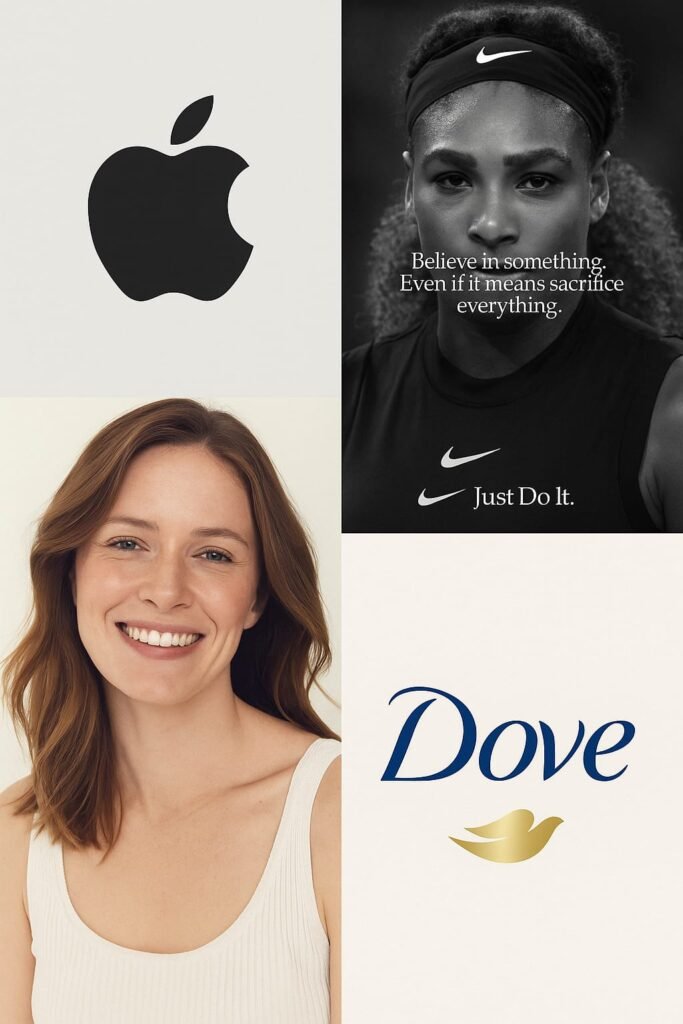
Case Study 1: Airbnb – The Belonging Revolution
Brand Personality: Welcoming, inclusive, adventurous, authentic
Implementation Strategy:
- Visual Identity: Warm colors, inclusive photography, hand-drawn elements
- Voice and Tone: Conversational, inclusive, community-focused
- User Experience: Personalized recommendations, host-guest connections
- Content Marketing: User-generated content, local experiences, cultural stories
Results:
- 150+ million users across 191 countries
- $75 billion valuation built on trust and community
- 90% of bookings from direct and organic channels
- Strong brand recognition and customer loyalty
Key Lessons:
- Authentic personality attracts like-minded community
- Consistent implementation across all touchpoints builds trust
- User-generated content amplifies authentic brand messaging
- Emotional connection drives business results
Case Study 2: Mailchimp – Quirky Professionalism
Brand Personality: Friendly, approachable, slightly quirky, helpful
Implementation Strategy:
- Visual Identity: Playful illustrations, vibrant colors, approachable typography
- Voice and Tone: Conversational, encouraging, educational, occasionally humorous
- Product Experience: User-friendly interface, helpful onboarding, celebratory moments
- Marketing Approach: Educational content, small business focus, community building
Results:
- 12+ million users worldwide
- $12 billion valuation at acquisition
- Market leader in email marketing for small businesses
- High customer satisfaction and retention rates
Key Lessons:
- Professional services can benefit from approachable personality
- Humor and warmth differentiate in competitive markets
- Educational content builds trust and authority
- Consistent personality across product and marketing creates cohesive experience
Common Brand Personality Mistakes to Avoid
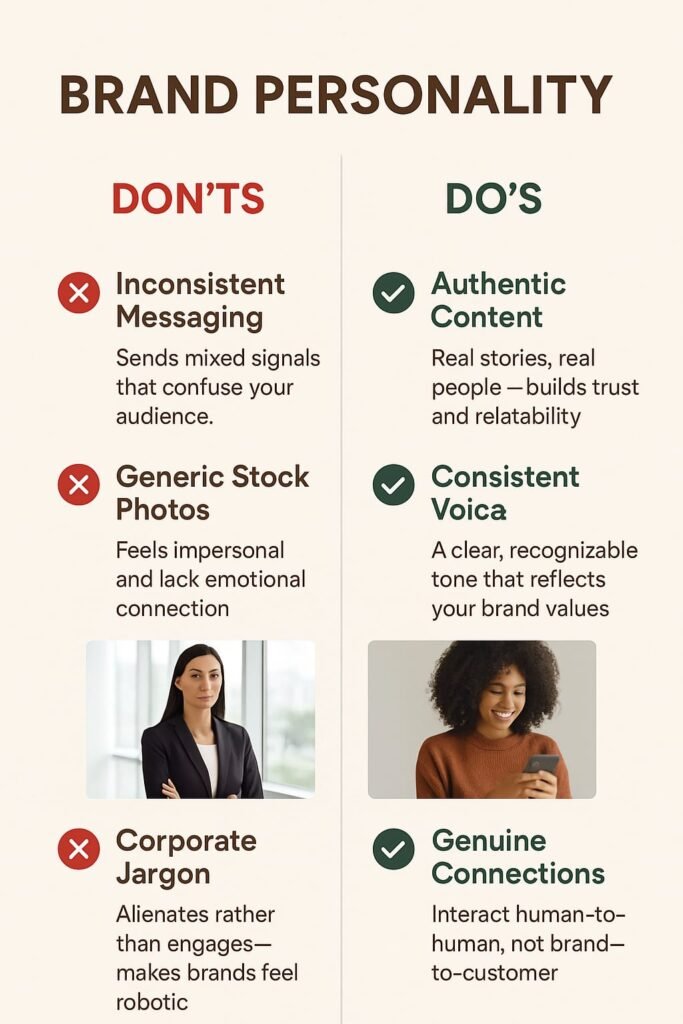
Mistake 1: Personality Inconsistency
The Problem: Different teams or departments expressing conflicting brand personalities across channels.
The Solution:
- Develop comprehensive brand guidelines
- Provide regular training for all team members
- Implement approval processes for external communications
- Regular brand audits across all touchpoints
Mistake 2: Following Trends Over Authenticity
The Problem: Adopting popular personality traits that don’t align with brand values or audience needs.
The Solution:
- Focus on authentic brand values and mission
- Research your specific audience preferences
- Test personality elements before full implementation
- Prioritize long-term brand building over short-term trends
Mistake 3: Over-Complicating Brand Personality
The Problem: Trying to be everything to everyone, resulting in diluted and confusing brand messaging.
The Solution:
- Focus on 3-5 core personality traits maximum
- Ensure traits work together harmoniously
- Test personality clarity with target audience
- Simplify rather than complicate brand expression
Mistake 4: Ignoring Cultural Sensitivity
The Problem: Implementing personality traits that don’t translate across different cultural contexts or markets.
The Solution:
- Research cultural preferences in target markets
- Adapt personality expression while maintaining core identity
- Work with local experts for international expansion
- Monitor feedback and adjust when necessary
The Future of Brand Personality
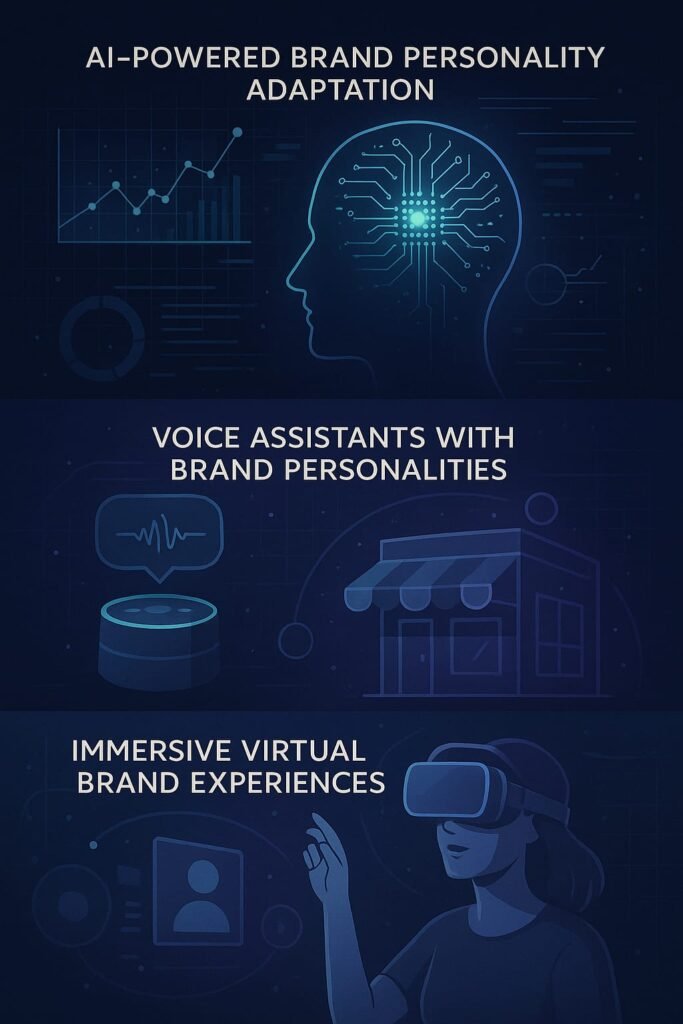
Emerging Trends in Brand Personality
AI-Powered Personalization:
- Dynamic personality adaptation based on individual user preferences
- Predictive personality matching for customer segments
- Automated content generation that maintains brand voice
- Real-time sentiment analysis and personality adjustment
Voice and Audio Branding:
- Smart speaker integration and voice assistant personalities
- Podcast and audio content personality expression
- Voice user interface design considerations
- Audio logo and sound branding development
Immersive Brand Experiences:
- Virtual and augmented reality brand personality expression
- Interactive brand storytelling and gamification
- Spatial design and environmental brand personality
- Multi-sensory brand experiences
Preparing for Future Brand Personality Evolution
Flexibility in Brand Guidelines:
- Build adaptable frameworks rather than rigid rules
- Plan for emerging channel integration
- Maintain core personality while allowing tactical adaptation
- Regular review and update processes
Technology Integration:
- Understand how personality translates to new technologies
- Invest in platforms that support consistent brand expression
- Plan for AI and automation while maintaining authentic voice
- Prepare for voice-first and visual-first interactions
Ready to Build Your Brand Personality?
Creating a compelling brand personality requires strategic thinking, creative execution, and consistent implementation. Whether you’re launching a new brand or evolving an existing one, professional guidance can make the difference between generic branding and memorable brand experiences.
At Oakmere Digital Studio, we specialize in crafting brand personalities that connect with your target audience and drive business results. Our comprehensive approach includes:
- Brand Strategy Development: Research-driven personality frameworks
- Visual Identity Design: Logos, color systems, and brand guidelines
- Digital Brand Implementation: Website design, mobile apps, and digital marketing
- Content Strategy: Voice development and consistent messaging
- Brand Measurement: Analytics and optimization for continuous improvement
Ready to discover your brand’s authentic personality? Contact our branding experts today for a comprehensive brand personality consultation.
About the Author
Jordan Nielson is a Senior Brand Strategist and Creative Director at Oakmere Digital Studio, specializing in brand personality development and digital brand experiences. With over 5 years of experience in brand strategy, visual design, and digital marketing, Jordan has helped dozens of businesses across the US and UK develop authentic brand personalities that drive customer connection and business growth.
Jordan holds a Master’s in Brand Management from the London School of Economics and is a certified Google Analytics and Facebook Blueprint professional. When not crafting brand strategies, Jordan enjoys exploring the intersection of psychology and design, contributing to industry publications, and mentoring emerging brand professionals.
Connect with Jordan:
- Email: jordan@oakmeredigital.studio
Contact Oakmere Digital Studio
Ready to transform your brand personality and connect with your audience on a deeper level?
Get in Touch:
- Website: https://oakmeredigital.studio/
- Email: support@oakmeredigital.studio
- Phone: +44 20 8 040 4751 (UK) | +1 909 271 0470 (US)
Services:
- Brand Strategy & Identity Development
- Website Design & Development
- Mobile App Development
- Digital Marketing & Social Media
- eBook Publishing & Content Creation
- Creative Design & Visual Storytelling
Free Brand Personality Assessment: Take our comprehensive Brand Personality Quiz to discover your brand’s authentic personality and receive personalized recommendations for brand development.
Schedule a Consultation: Book a free 30-minute brand strategy consultation to discuss your brand personality goals and explore how we can help bring your vision to life. Schedule your consultation today.
Schedule a Consultation: Book a free 30-minute brand strategy consultation to discuss your brand personality goals and explore how we can help bring your vision to life. Schedule your consultation today.
This article was published by Oakmere Digital Studio as part of our commitment to helping businesses build stronger, more authentic brand connections. For more insights on branding, digital marketing, and business growth, subscribe to our newsletter and follow us on social media.
